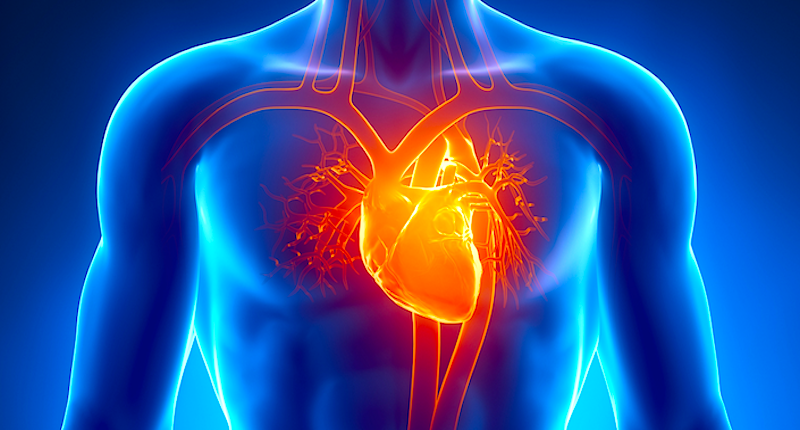-
Tips for becoming a good boxer - November 6, 2020
-
7 expert tips for making your hens night a memorable one - November 6, 2020
-
5 reasons to host your Christmas party on a cruise boat - November 6, 2020
-
What to do when you’re charged with a crime - November 6, 2020
-
Should you get one or multiple dogs? Here’s all you need to know - November 3, 2020
-
A Guide: How to Build Your Very Own Magic Mirror - February 14, 2019
-
Our Top Inspirational Baseball Stars - November 24, 2018
-
Five Tech Tools That Will Help You Turn Your Blog into a Business - November 24, 2018
-
How to Indulge on Vacation without Expanding Your Waist - November 9, 2018
-
5 Strategies for Businesses to Appeal to Today’s Increasingly Mobile-Crazed Customers - November 9, 2018
Protein Patch Restores Damaged Hearts Post Myocardial Infarction
Ruiz-Lozano has a startup company working to develop the patch for clinical trials in humans.
Advertisement
Just two weeks after the initial stitching, the hearts were shown to grow both new blood vessels and fresh muscle cells.
Contrary to general preconceptions, a lot of people survive heart attacks, although the incidents usually leave lasting damage to the heart’s muscle and tissue. The problem is that when the heart of an adult mammal regenerates it leaves a scar tissue. Depending on the severity, such damage may lead to further complications, including arrhythmias – abnormal heart rhythms – and heart failure.
Applying high throughout technology to the shortlisted candidates, the team identified a natural protein called Follistatin-like 1 (FSTL1) in epicardial tissue that stimulates cardiomyocytes to replicate.
Though this protein occurs naturally in hearts that are healthy, it is depleted in a key part of the heart following a heart attack.
Furthermore, the patches contained no cells, but were specifically made of the main structural protein in the extracellular space named “collagen”.
During an attack, muscle cells in the heart die because of a lack of blood flow and scientists believe repairing or replacing some of these cells may help reduce long-term damage. Scientists wrote in their report that lab animals regained nearly full cardiac function within one to two months after the heart attack. In the United Stated only, about 750,000 suffer a heart attack annually.
Heart attacks cause millions of deaths annually worldwide and are predicted to skyrocket in the next few decades – tripling by 2030.
“
The hope is that a similar procedure could eventually be used in human heart attack patients who suffer severe heart damage.”
According to BBC News, the first trials in the study were conducted by an global team of researchers who soaked a collagen patch in a protein known as Fstl1.
Advertisement
Past studies in zebrafish, whose heart cells have the ability to regenerate, have revealed that the epicardium – the inner layer of the pericardium, which lines the wall of the heart muscles – plays a role in the regeneration of cardiomyocytes. The pigs’ heart tissue also scarred considerably less. “It’s commercially viable, clinically attractive and you don’t need immunosuppressive drugs”, commented an excited Mark Mercola, Ph.D., professor of bioengineering at UC San Diego and professor in the development, aging and regeneration program at SBP.





























